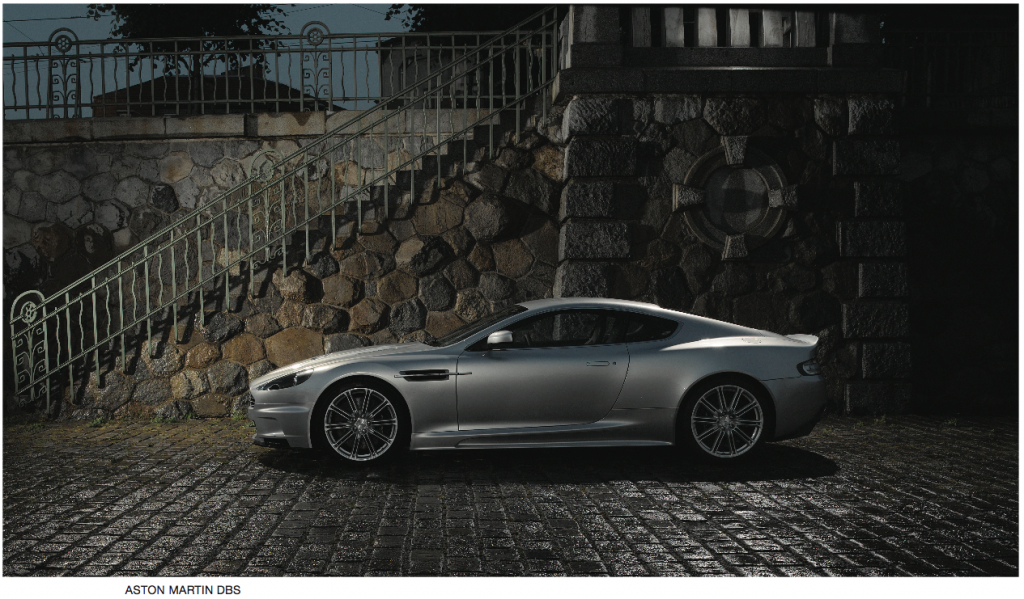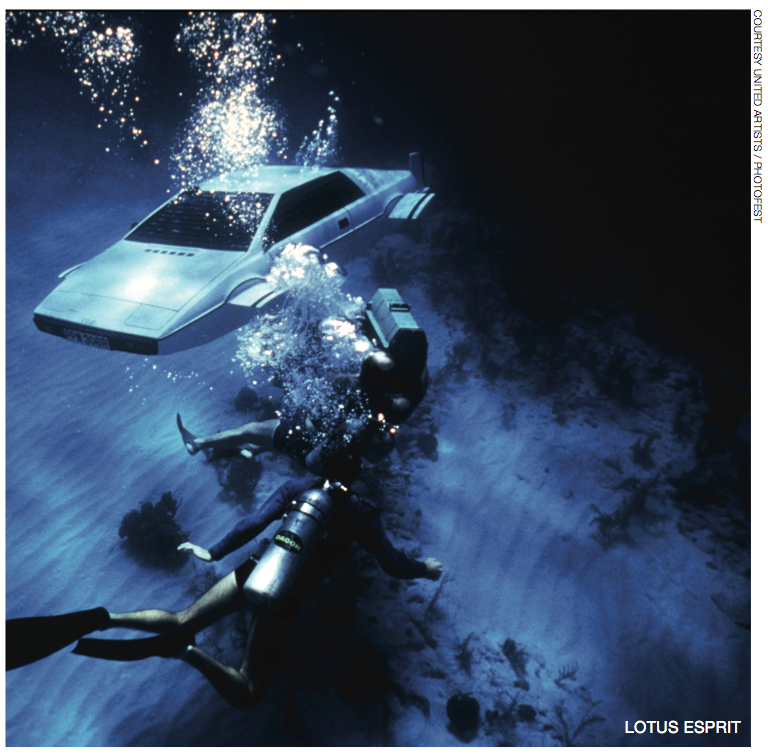Riding in Paradise
For guests of the St. Regis, EquiSports International provides world-class horseback riding just minutes from the resort.
By Micaela Myers | Photos by Yvonne Smith, Anthony Verebes and Shannon Rose
Coastal Orange County truly offers something for everyone, including world-class horseback riding, instruction and competition. All this can be found just a short drive from The St. Regis Monarch Beach at EquiSports International’s Blenheim Farms in San Juan Capistrano.
The facility is owned and operated by two-time Olympian Robert Ridland and his wife, former United States Equestrian Team rider Hillary Ridland. EquiSports International offers training programs for horses and riders—from novice to Olympic level. The luxurious amenities of Blenheim Farms include grass pastures, sand paddocks, indoor and outdoor arenas, a barn and clubhouse. What’s more, Blenheim Farms sits directly adjacent to international horse show grounds. The show facility hosted the 2000, 2004 and 2008 U.S. Olympic trials, and provides visitors and those who ride at the facility direct access to more than 20 horse shows a year.
Go for a Ride
Adults, children and families can book riding lessons, half-day or full-day camps at Blenheim Farms through the concierge desk at The St. Regis Monarch Beach.
“They offer horse education for children involving introduction to horse safety, anatomy, grooming and tacking up, followed by games, riding skills and crafts,” explains concierge Felicia Gilboa. These full- or half-day camps for kids offer a complete equestrian experience and culminate with a horse-themed art activity. A picnic lunch can also be incorporated on the beautiful grounds.
“One of the art activities the kids like the most is decorating horse shoes,” Hillary Ridland explains. “They get to paint and decorate a horse shoe, then we take a picture of the child and we center it so that the horse shoe works like a picture frame they can take home. The other one they really enjoy is we have a couple of white horses, and they get to paint a horse. They literally use washable paint and paint the horse—mane, tail, handprints, you name it. They really enjoy it. We take their picture with the horse for them.”
“The guest response has been very positive,” adds The St. Regis Monarch Beach Chef Concierge Gundula Reile. “Guests even decided to go a second time. Blenheim is also great to work with when it comes to guests that already have experience.”
 In addition to the children’s camps, experienced adults or those who have never ridden before can also book riding lessons. The farm can arrange to have a professional photographer on hand as well to take photos of guests on horseback—special memories to carry home and keep.
In addition to the children’s camps, experienced adults or those who have never ridden before can also book riding lessons. The farm can arrange to have a professional photographer on hand as well to take photos of guests on horseback—special memories to carry home and keep.
All instruction is individualized—no large groups like many facilities offer. The barn houses approximately 20 horses at any time, and the lesson horses are professionally trained and maintained. Those who keep a residence in the area or visit frequently can also arrange to have their personal horse boarded and trained at the farm.
Aside from instruction, guests will enjoy taking in a world-class competition at the nearby horse show facility. Blenheim EquiSports manages equestrian competitions and produces more than 30 events a year in San Juan Capistrano, Del Mar and Las Vegas. Events include 18 United States Equestrian Federation “A” or “AA” rated hunter-jumper shows featuring several World Cup Qualifying Grand Prix, United States Hunter Jumper Association International High Performance Hunter Challenges, Pony Finals, Medal Finals and more.
For a VIP horse show experience, the concierge team at The St. Regis Monarch Beach will work with Blenheim EquiSports International to arrange for horse show viewing from the San Juan Capistrono facility’s Medal Club, a VIP tent located directly in the center of all the action. In the Medal Club, guests can watch the competition live and on TV monitors, enjoy drinks, snacks and a catered lunch, and more. A riding lesson can be arranged in conjunction with watching a horse show as well. “Kids can ride and then everyone can watch the show and have lunch,” Hillary Ridland explains.
Horse show visitors will also enjoy vendor booths and exploring the grass-covered grounds—a country atmosphere so close to the bustling coast. Most tournaments also feature Family Fun Days with kid-friendly activities and entertainers. Whether visitors seek a riding camp for their kids, professional instruction for themselves or a day of exciting horse competitions, Blenheim truly offers it all.
FOR MORE INFO Blenheim farms; 28801 San Juan Creek Rd., San Juan Capistrano; 949-633- 4040; equisportsinternational.com
EXPERT ADVICE
Hillary Ridland began her riding career at age 7. At 19, she rode in the American Invitational Grand Prix in Tampa, Fla., and the very next year became one of the youngest riders ever to represent the United States Equestrian Team in a Nations Cup event. Ridland went on to win several grand prix events in the United States, and competed internationally in Europe and Canada. She remains one of only two riders to go double-clean in the Chrysler International Jumping Derby held annually at Spruce Meadows in Calgary, Alberta, Canada. Here, she shares her best advice for riders new to the sport.
Q: If someone is a little afraid to ride but wants to give it a try, what would you tell that person?
A: I taught skiing before, and a lot of people are afraid to ski, especially adults. For them, the most important part was to feel that they could stop whenever they were uncomfortable. That’s one of the first things we work on—how
to stop the horse. We always work in small spaces too. But basically you’ve got to just bite the bullet and give it a try!
 Q: Some adults may feel like they’re too old to learn to ride, but many people take up riding as adults, correct?
Q: Some adults may feel like they’re too old to learn to ride, but many people take up riding as adults, correct?
A: Definitely. Adults are just as easy to teach as kids. The same concepts apply.
Q: Can you tell us about the lesson horses?
A: What’s different about our lesson horses is that because we don’t do a big assembly line and have a billion horses that we don’t have time to work with and keep happy with their job, our horses are treated just like show horses. They get schooled, they get days off, and they get excellent care, so they’re happy to do their job. They’re not out a billion times a day. They get ridden once a day.
Q: What should a person expect during their first lesson?
A: In the first lesson, we’ll spend a fair amount of time going over safety in the cross-ties and on the horse—what can spook them, what makes them feel at ease, moving around them correctly, et cetera. They’ll spend some time grooming the horse and getting him ready. Then they will get on and ride in a small area. The first things we’ll work on are the aids—how to stop the horse and how to make the horse go. As they get better, they’ll spend less time grooming and spend more time riding and learning balance and how to direct the horse, and if they want to learn to jump they can go on to that.
Q: If a rider has the dream of learning to jump but is a beginner, what’s a realistic timeline before they can start work over fences?
A: Everybody is different. As soon as they master balance of their body, then they’re capable of going with the horse over the jump. If they are unable to [find] balance in their own body in the saddle, then jumping the horse would throw a monkey wrench in their training.
Q: What do you love the most about riding?
A: I was just talking yesterday to my barn manager about that. I said I was excited to ride today. She asked, “Why?” and I said because I really enjoy just riding by myself when I have horses to work with and I have time to do it and really get into their head and perfect the flat work before I jump—for me is really fun. But the best thing is being really, really fast in a jump off (competition), cutting every corner you can and leaving all the jumps up.
Q: What do you enjoy most about teaching and training?
A: I think I’m a really good teacher because I think I’m good at making
it interesting and figuring out how each person learns, and being very enthusiastic. For me the best part is when you see that light bulb go off— whether it be figuring out how to post or nailing a big course—it’s watching it all come together for a rider.
“For riding attire, it is best to wear riding boots and britches,” Hillary Ridland explains. “However, jeans and shoes with a heel will work for first-timers.”
For those who want to purchase gear before heading to Blenheim Farm for a lesson, Ridland suggests shopping at the following locations:
American Horse Products, 31896 Plaza Dr., San Juan Capistrano; 949-248-5300 Ortega Tack and Feed, 31735 Rancho Viejo Rd., San Juan Capistrano; 949-487-1535
OLYMPIAN ROBERT RIDLAND
A two-time member of the U.S. Olympic team, Robert Ridland is president of Blenheim EquiSports. He served as an analyst for NBC during the 1992 Barcelona Olympic Games and the 2004 Olympic Games in Athens, is a current member of the United States Equestrian Federation board of directors and is a celebrated international course designer. Bespoke Magazine recently chatted with him about the Olympics and horseback riding in general.
Q: What are your favorite memories from competing in the Olympic games?
A: It’s not the competitive side that makes it so special, even though as competitions go there’s nothing better than the Olympic games, it’s the non-competitive side. It’s being in the Olympic village with the other athletes. … It’s amazing how many athletes from other sports will come to watch us practice let alone come to our events. That said, what’s the most special part of the Olympics? The opening ceremonies where you all come together as one team from different countries and different sports all marching into the stadium at the same time. It’s a pretty amazing experience. In Montreal it was particularly amazing. Even though we weren’t the home team, we might as well have been because when the Americans came in, the ovation was tremendous because there were so many Americans in the stands. The stadium was literally shaking. What made that special later on was that that’s where we competed.
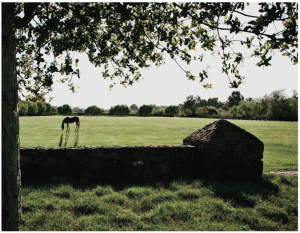 Q: As a course designer, how do you go about creating a challenging course?
Q: As a course designer, how do you go about creating a challenging course?
A: The first aspect of a show jumping course is that it’s never the same from competition to competition. Even on the same day there are a number of course changes. To me it’s part of the fun of the sport. The riders have to analyze the new course every time they go into that competition. … Obviously originality is part of [course design]. Maintaining a difficulty appropriate to whatever type of competition it is, is essential. Ironically, the courses I’ve done for the Olympic trials are among the easiest courses to conceive because you know going into it you don’t have any problems with making it a very, very difficult course—everything is at the maximum level of difficulty. … Overriding everything is safety.
Q: For young riders with Olympic dreams, what is your best advice?
A: Go for it! I was able to follow a dream. It’s a complicated sport. Obviously our “equipment” is a little more expensive, but we’re not the only ones that have expensive equipment involved. You can do it. Our top Olympic riders are all top professional riders. They’re riders who mostly came from moderate means that figured out a way to learn from the best professionals. They worked off their lessons and all that. Just like Formula racecar drivers—those drivers don’t own their cars. … Is it difficult to make the Olympics? Of course, but it is in any sport. Go for it.
Q: Lastly, what do you enjoy most about riding?
A: The beauty of our sport is that every day is a new challenge, even
if you’re not competing and even if you’re not jumping. … Because your “equipment” so to speak is a live animal with a personality and has just a good of shot as waking up on the wrong side of the bed as you do, every day is a new challenge. … Also, we are so lucky where we live. We are grateful every time we ride on a gorgeous day like today. It’s beautiful weather here in San Juan Capistrano.


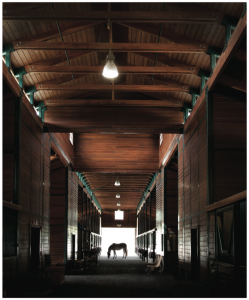
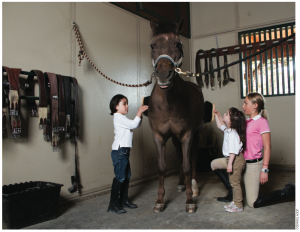

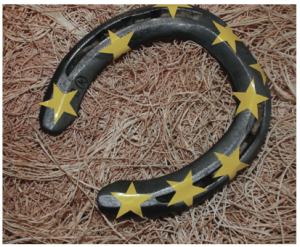


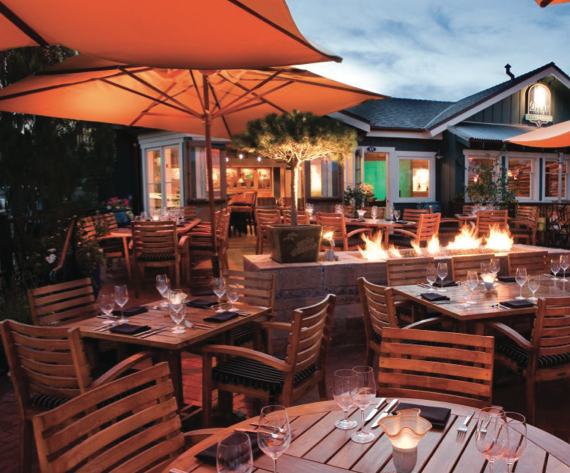
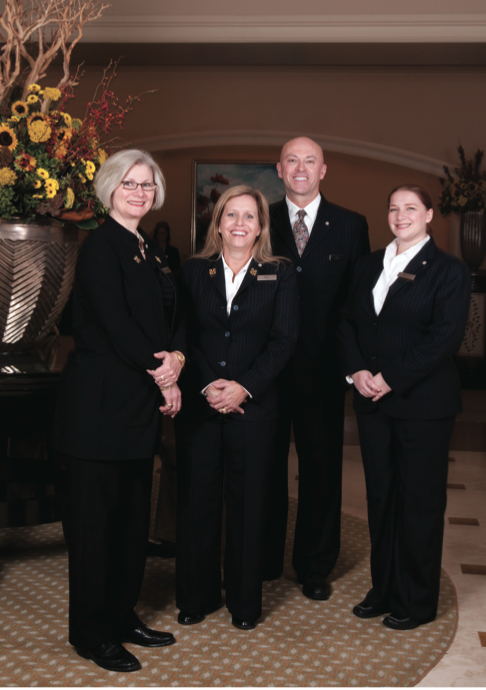

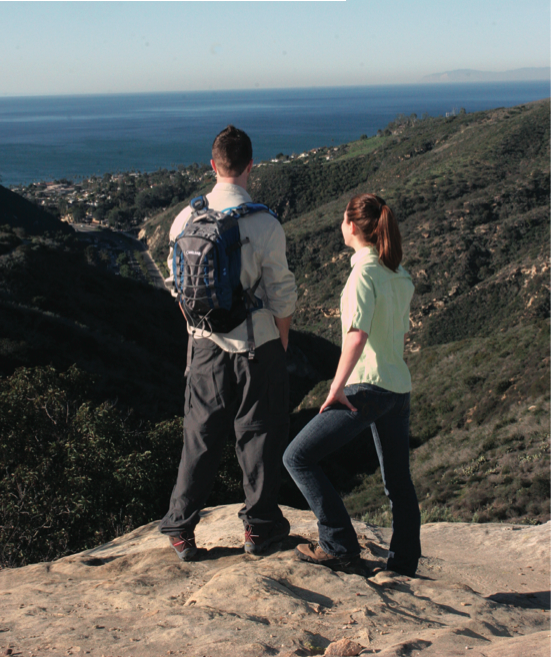
 oliage, flowering plants, fountains and designer pottery, the landmark also offers upscale home furnishings, décor, collectibles, holiday items and fine art from select vendors all over the world (2301 San Joaquin hills Rd., Corona del Mar; 949- 640-5800; rogersgardens.com). Reile also recommends visiting the one-of-a-kind Laguna Nursery, which offers a unique combination of plants, art, fountains, furniture, gifts and architectural artifacts, in a gathering designed to inspire and invigorate outdoor environments. (1370 S. Coast hwy., Laguna Beach, 949-494-5200; lagunanursery.net)
oliage, flowering plants, fountains and designer pottery, the landmark also offers upscale home furnishings, décor, collectibles, holiday items and fine art from select vendors all over the world (2301 San Joaquin hills Rd., Corona del Mar; 949- 640-5800; rogersgardens.com). Reile also recommends visiting the one-of-a-kind Laguna Nursery, which offers a unique combination of plants, art, fountains, furniture, gifts and architectural artifacts, in a gathering designed to inspire and invigorate outdoor environments. (1370 S. Coast hwy., Laguna Beach, 949-494-5200; lagunanursery.net)
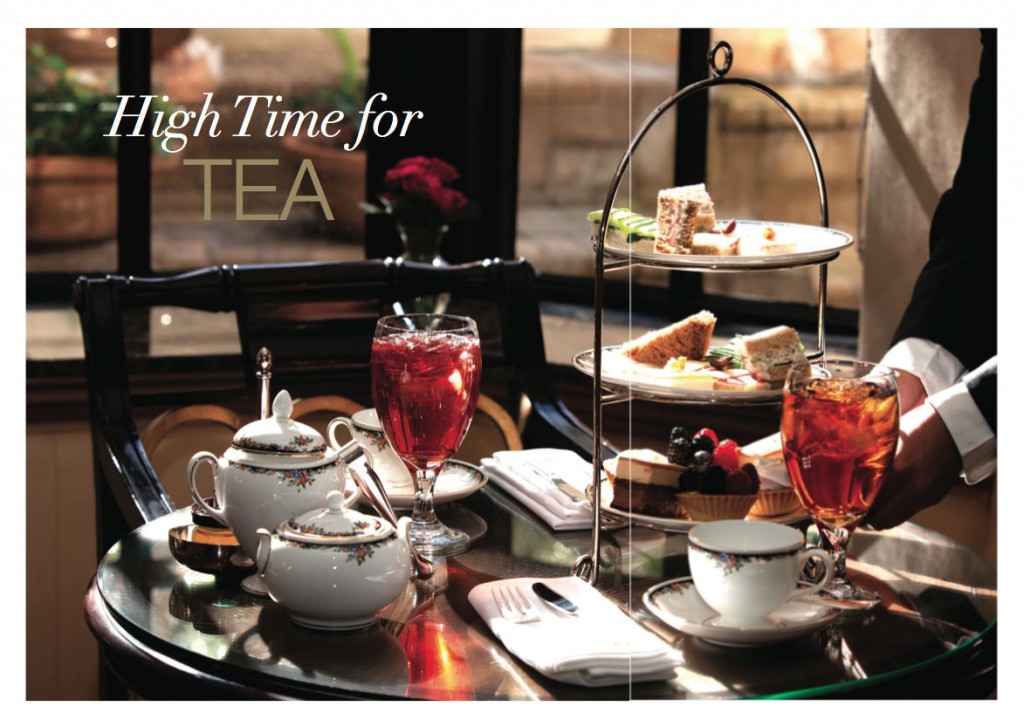
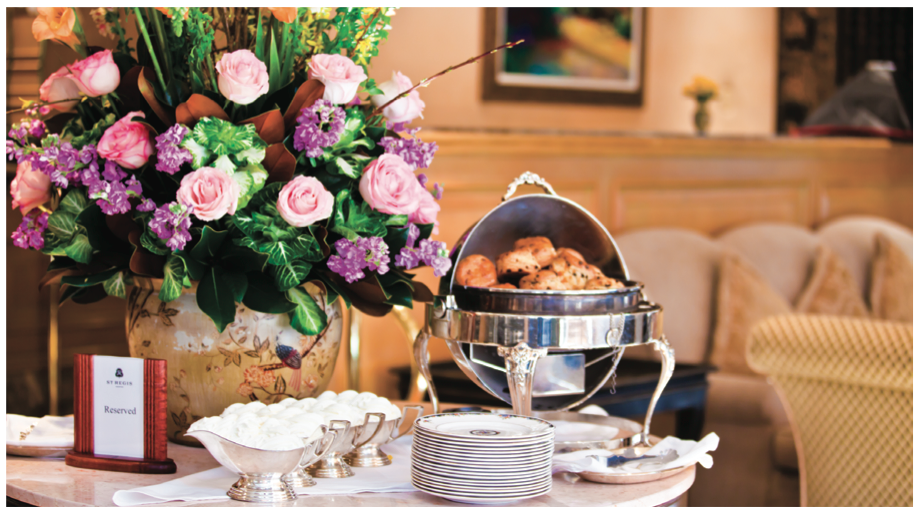
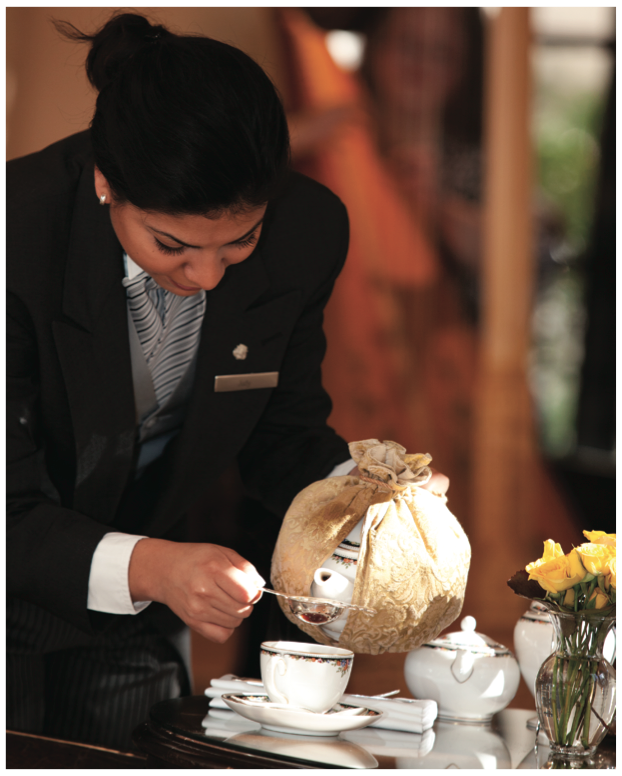





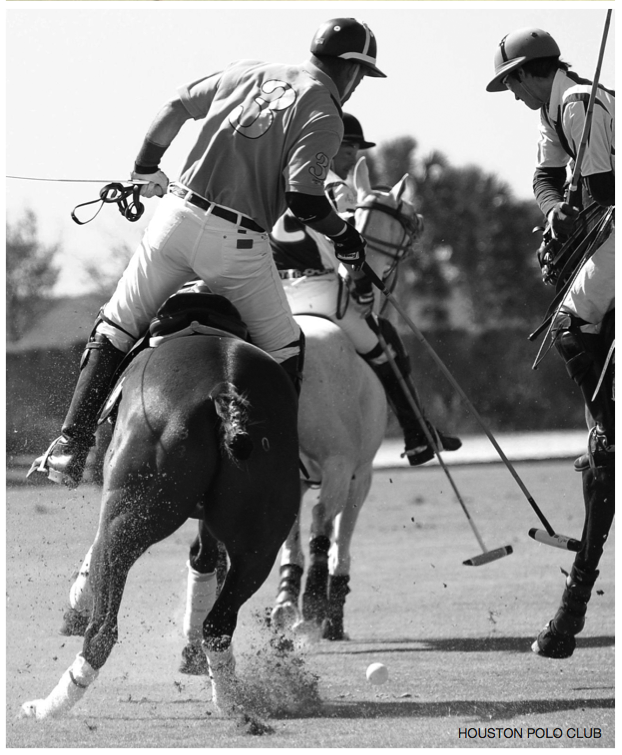 In addition to taking in a polo match as a spectator during a stay at The St. Regis Houston, guests who would like to get in some action on the field themselves can take advantage of the benefits that HPC’s large membership base affords, as Mudra says practice chukkers can be scheduled for players during their visit.
In addition to taking in a polo match as a spectator during a stay at The St. Regis Houston, guests who would like to get in some action on the field themselves can take advantage of the benefits that HPC’s large membership base affords, as Mudra says practice chukkers can be scheduled for players during their visit.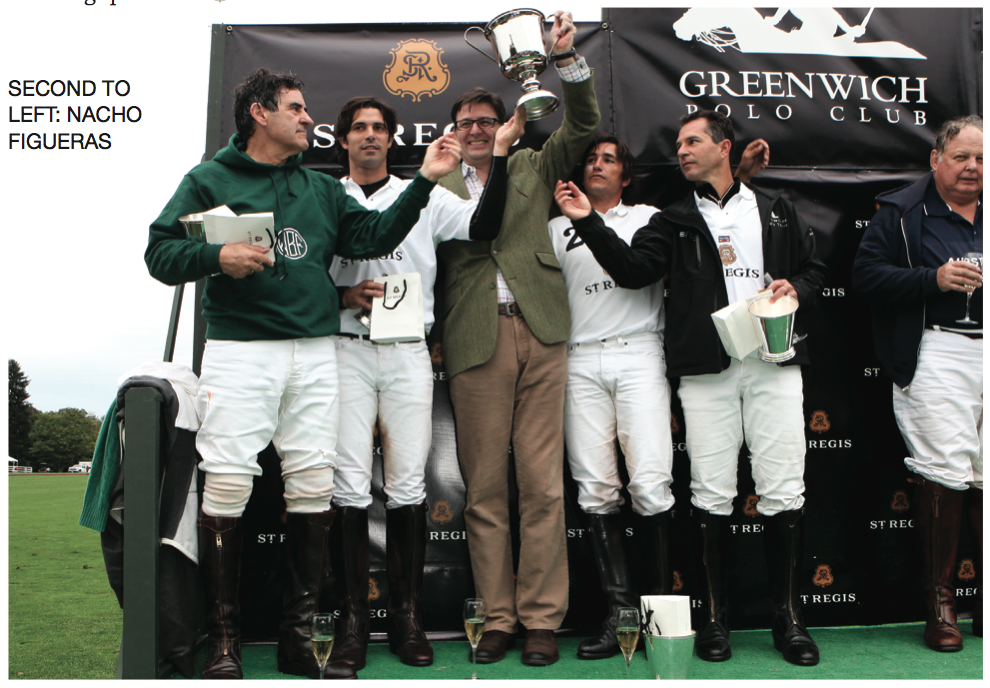
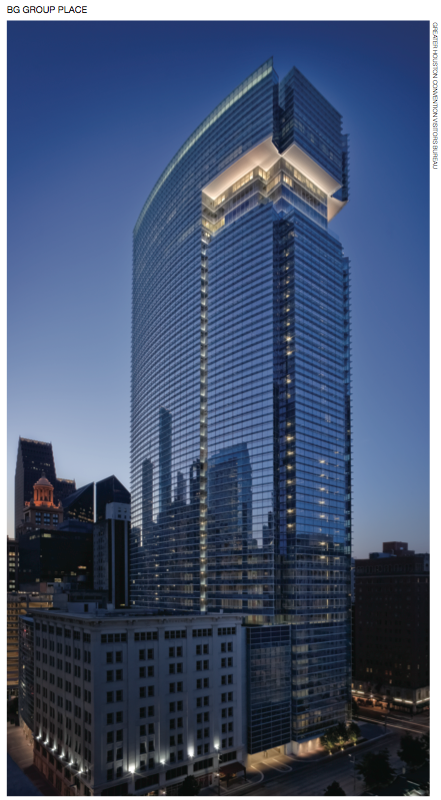
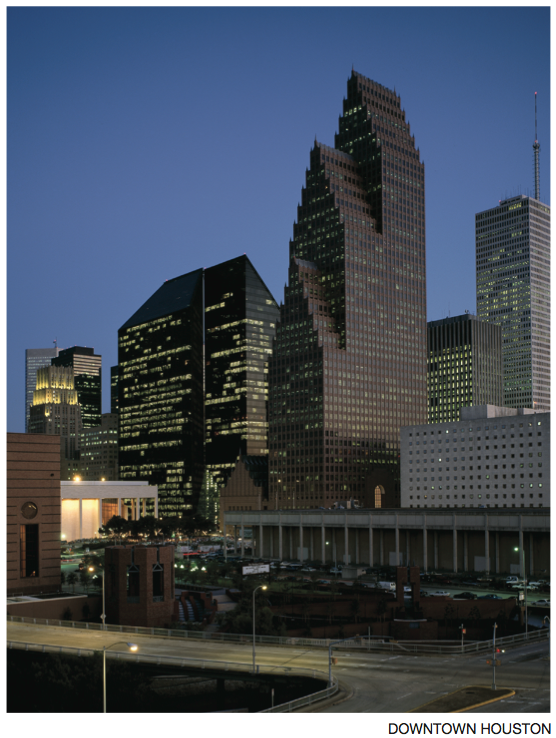


 clad Art Deco design by Texas architect Joseph Finger still holds its own in the skyline. Finger is attributed with having called his civic design “for the masses not the classes,” Parsons says. The exterior features medallions depicting great lawmakers and inside, the stylized lobby evokes a civic feel.
clad Art Deco design by Texas architect Joseph Finger still holds its own in the skyline. Finger is attributed with having called his civic design “for the masses not the classes,” Parsons says. The exterior features medallions depicting great lawmakers and inside, the stylized lobby evokes a civic feel.


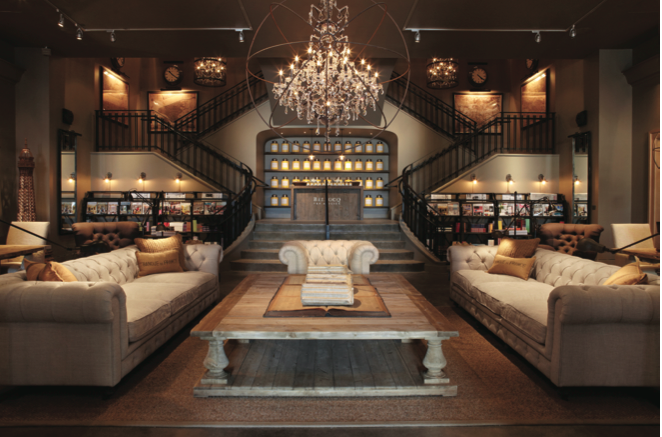
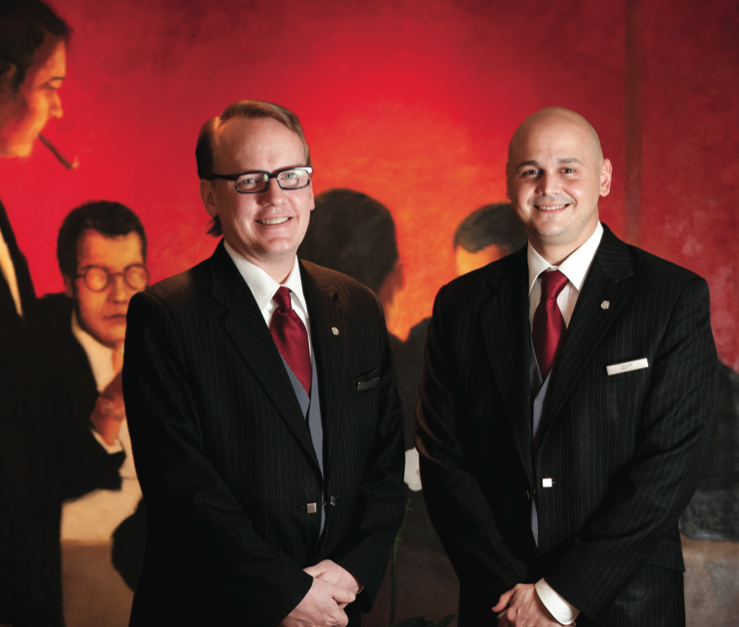




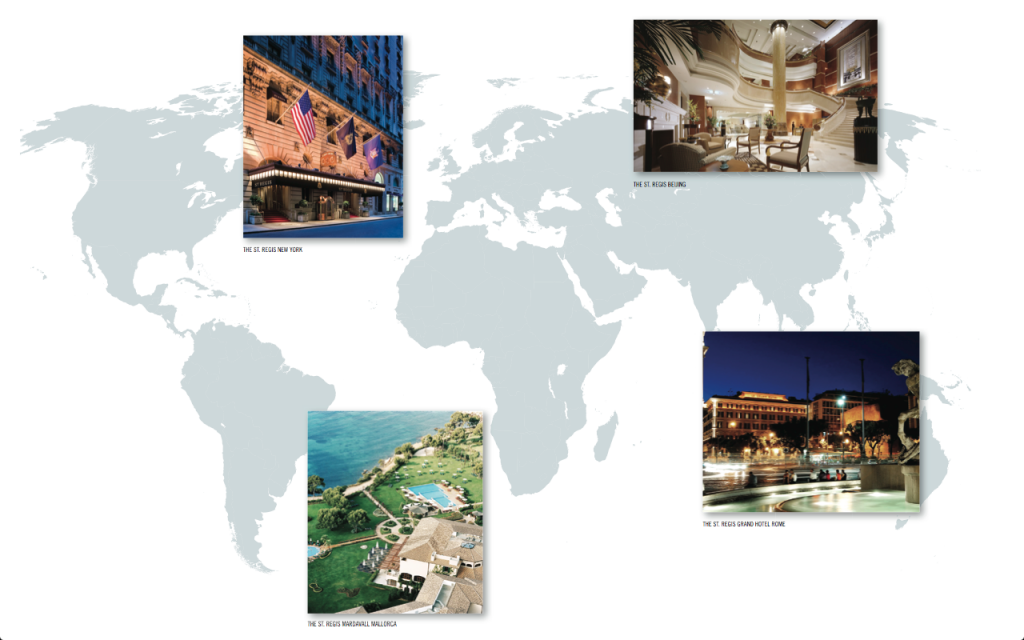
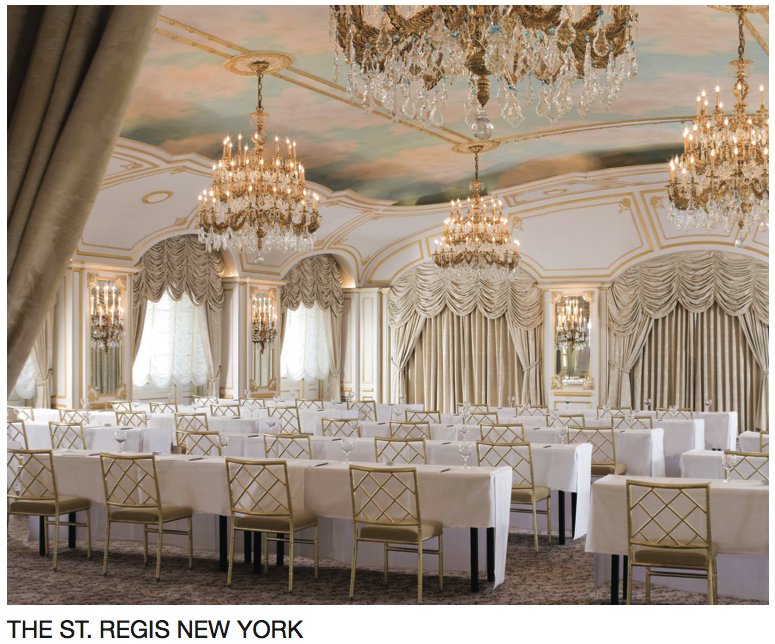
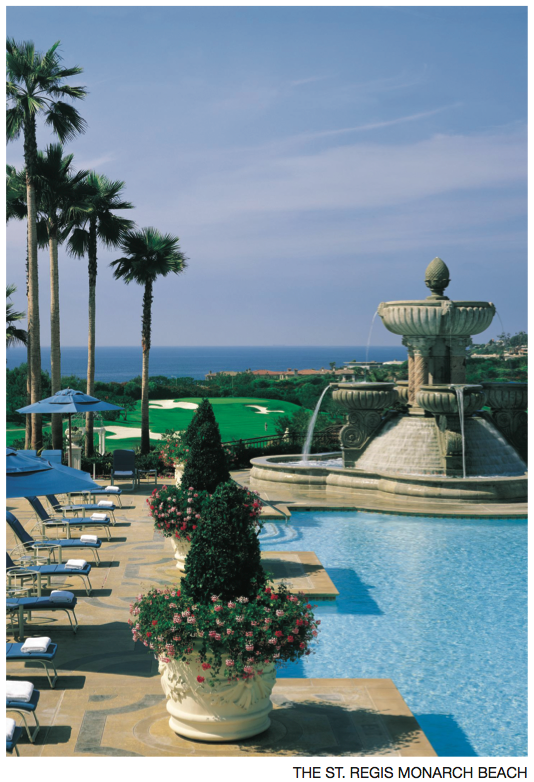
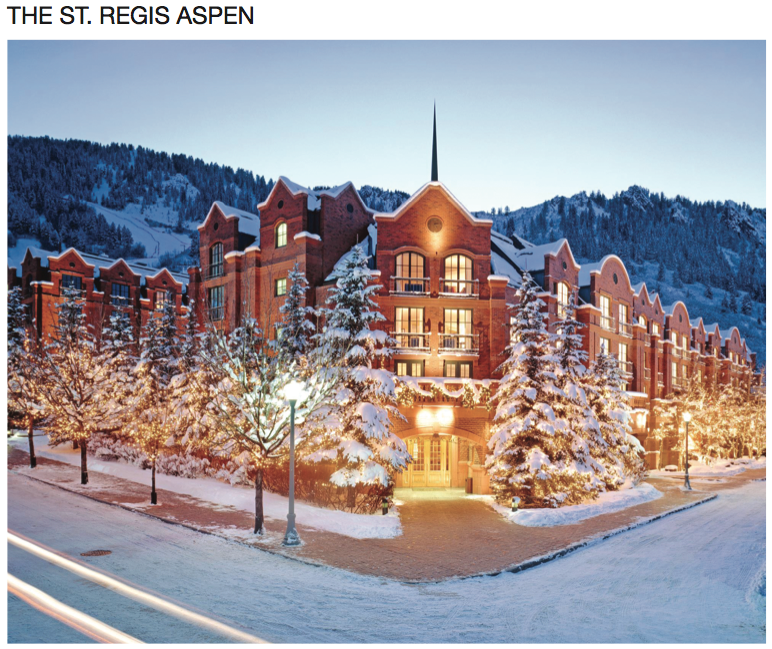
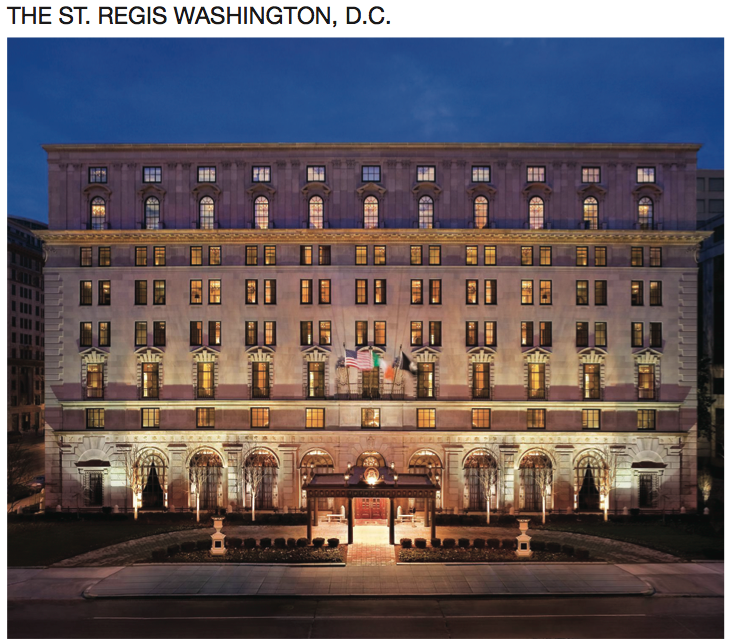
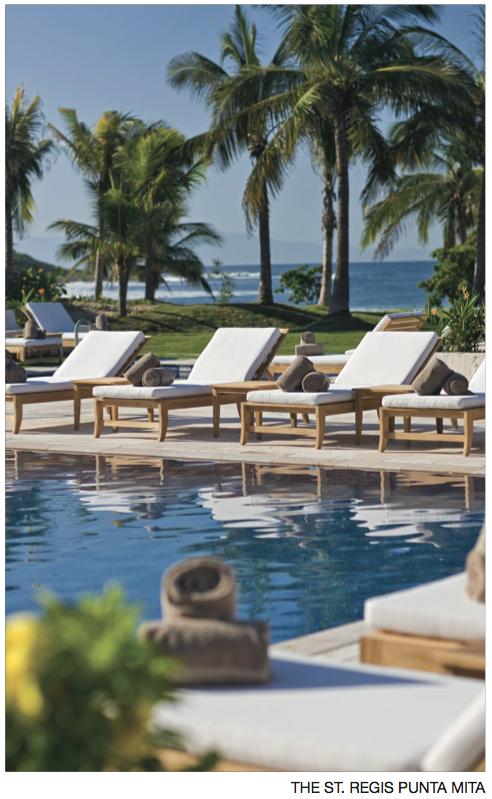
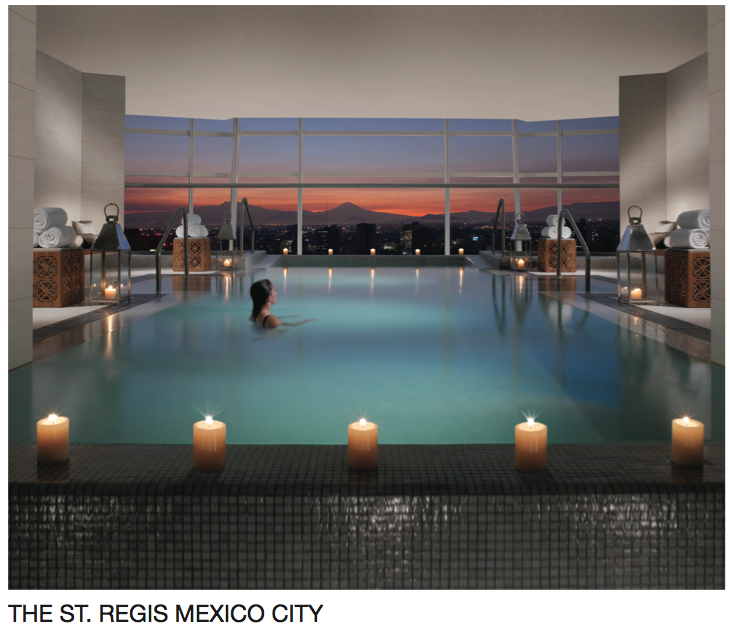
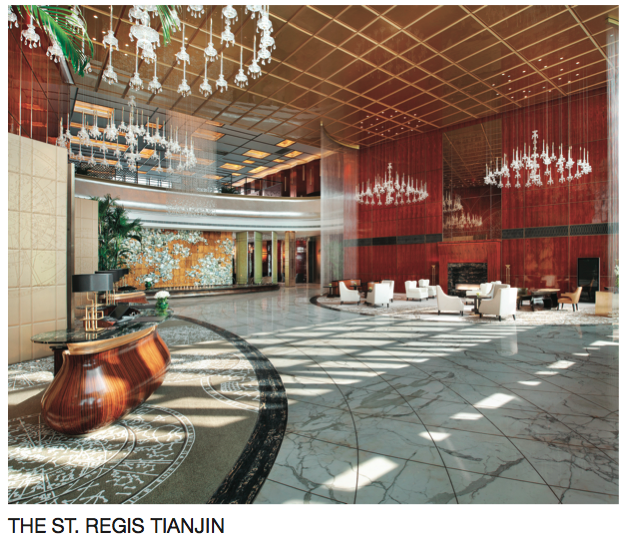

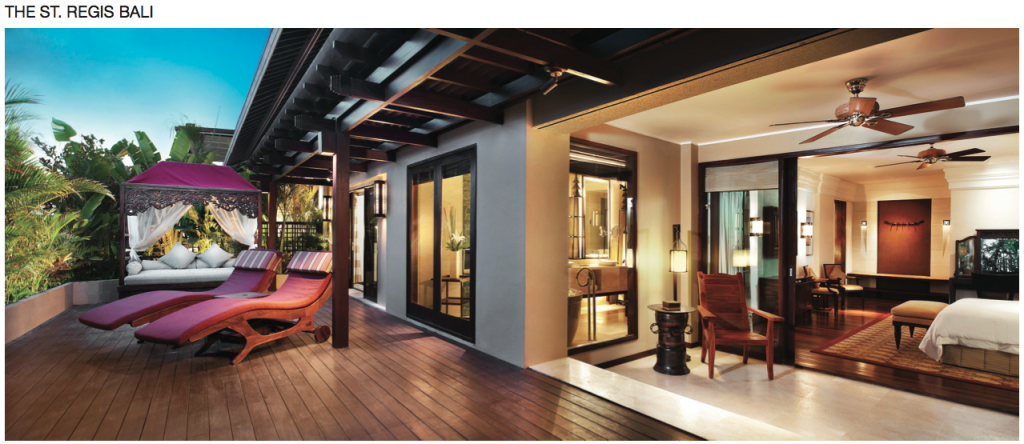

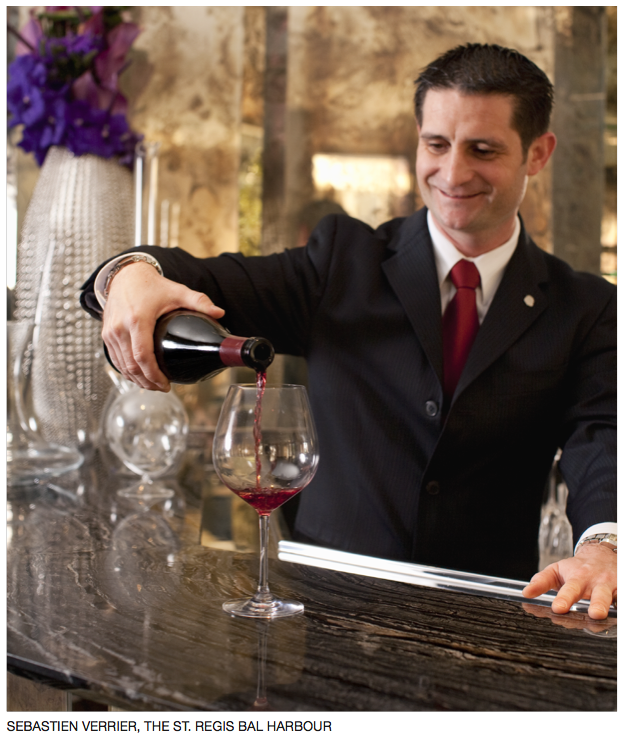
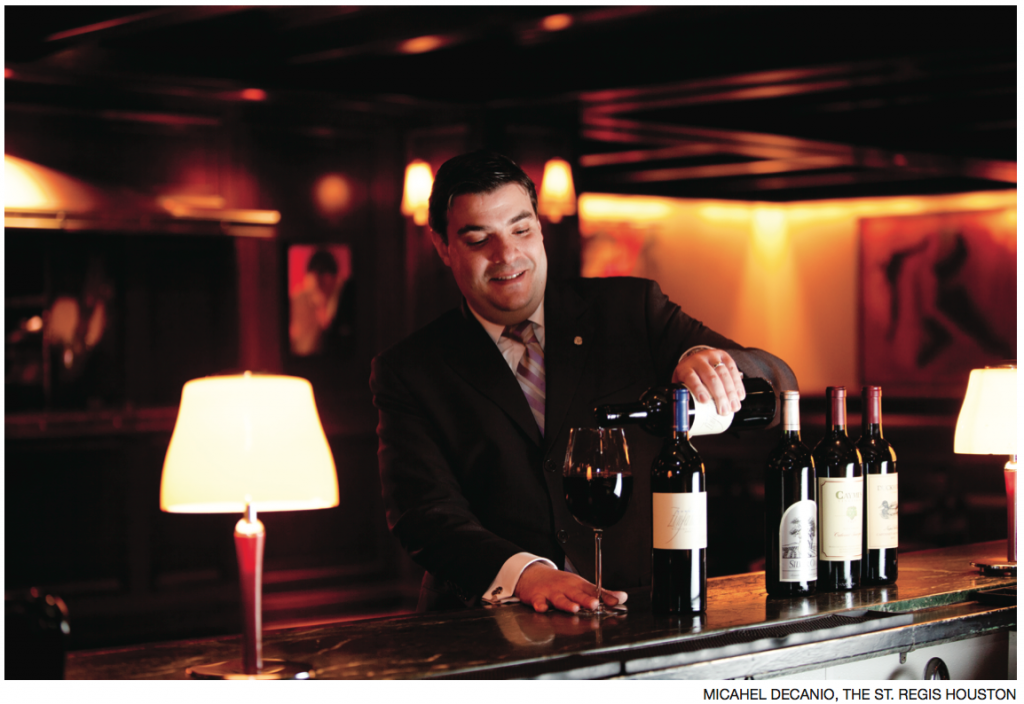
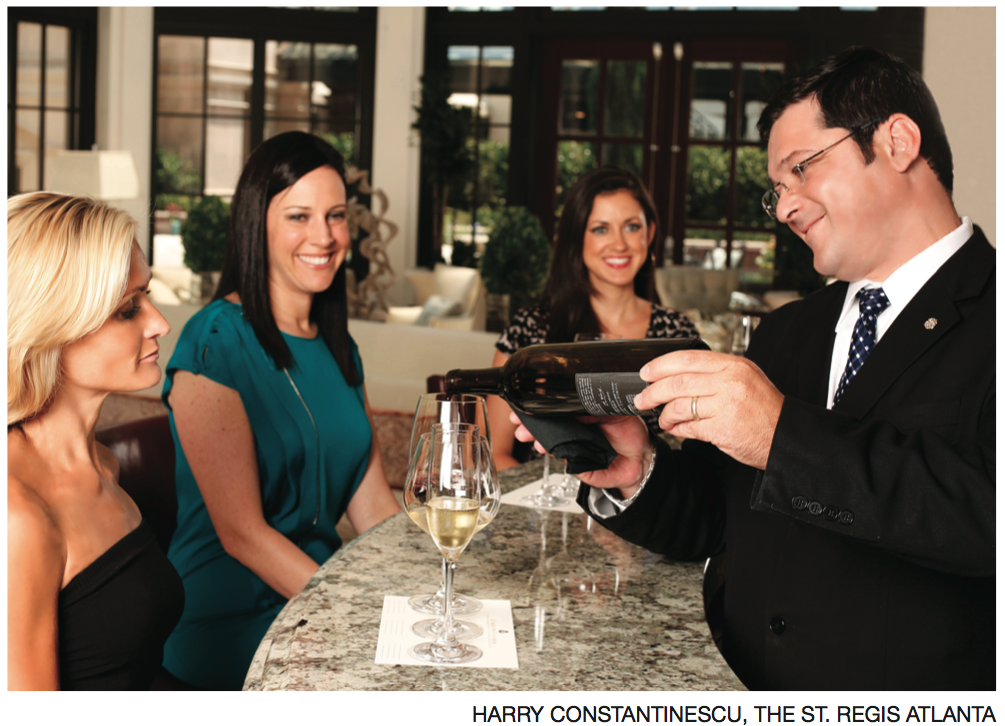 Michael DeCanio, sommelier and food and beverage director at The St. Regis Houston, says his favorite wine is the Ottimino Zinfandel—a Russian River wine from California that often is overlooked by serious wine drinkers.“My wife and I are both red zinfandel drinkers and first discovered this wine while dining in New York,” he says. “As soon as we tasted it, we knew that we had found our favorite wine.”Still, he acknowledges, zinfandel isn’t very popular with many wine enthusiasts.
Michael DeCanio, sommelier and food and beverage director at The St. Regis Houston, says his favorite wine is the Ottimino Zinfandel—a Russian River wine from California that often is overlooked by serious wine drinkers.“My wife and I are both red zinfandel drinkers and first discovered this wine while dining in New York,” he says. “As soon as we tasted it, we knew that we had found our favorite wine.”Still, he acknowledges, zinfandel isn’t very popular with many wine enthusiasts.
 Constantinescu agrees, adding that the grape’s difficulty to grow only makes it more special.
Constantinescu agrees, adding that the grape’s difficulty to grow only makes it more special.

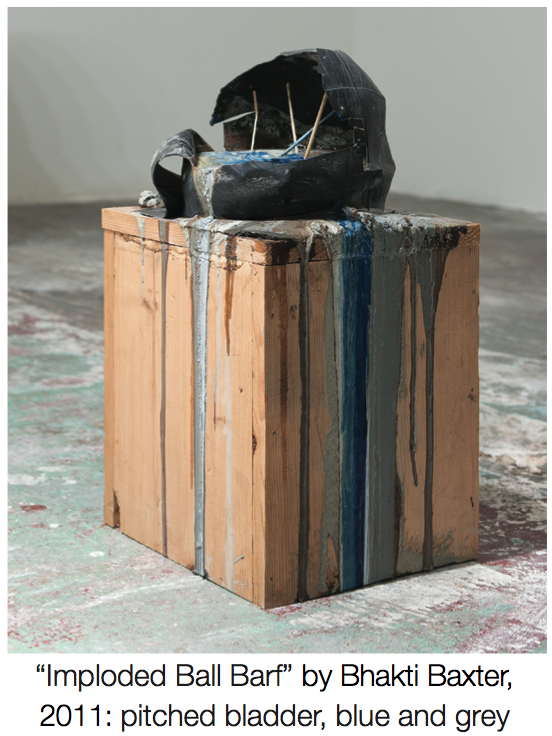


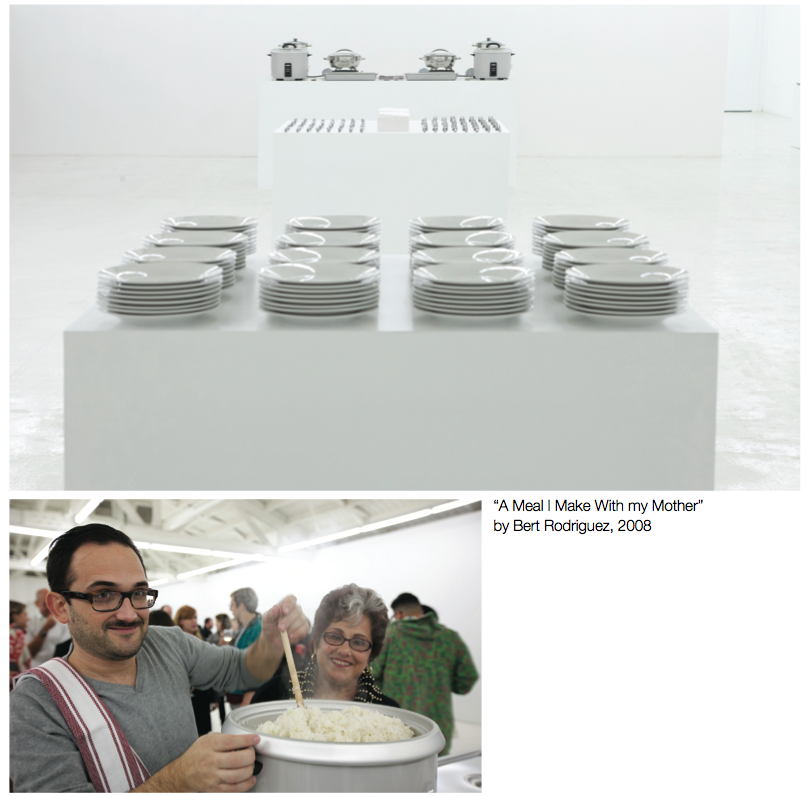

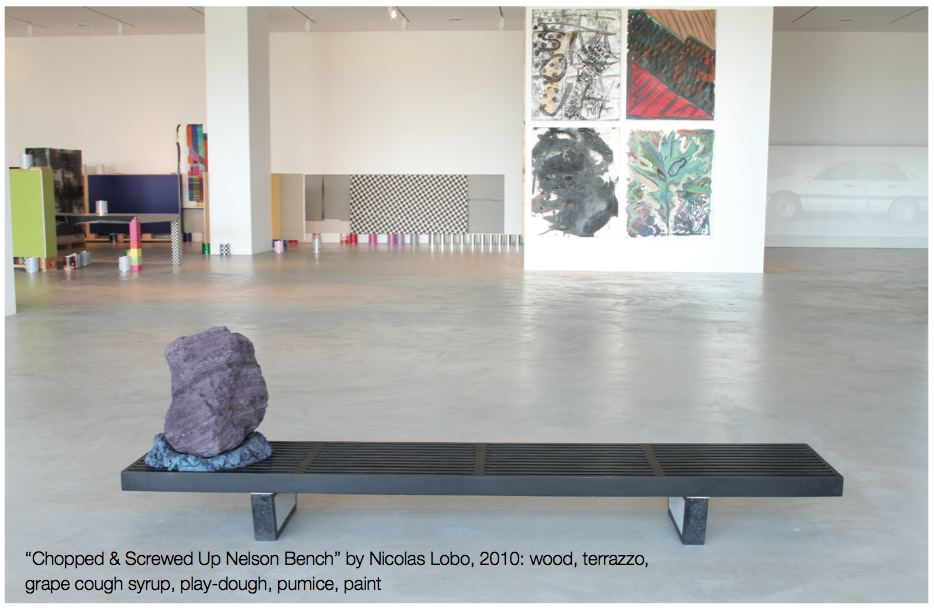
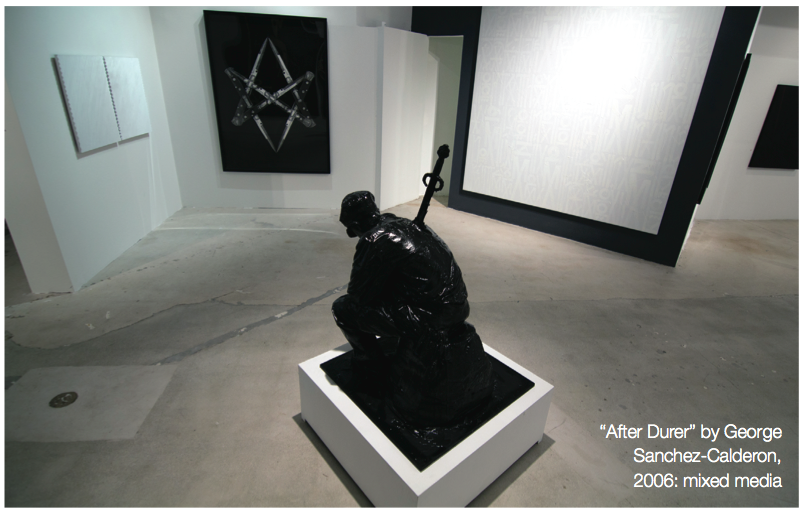



 Bond’s version featured such handy accessories as a front-firing machine gun, passenger-ejection seat, smoke screen, oil slick dispensers, a bulletproof barrier, revolving multinational license plates, and front and rear retractable ramming arms. Perhaps in a nod to the chariot race scene in the movie “Ben Hur,” it also came with extendable wheel hubs that could disable an adjacent vehicle by slashing its tires. The durable DB5 also saw duty in “Thunderball” (1965), “GoldenEye” (1995), “Tomorrow Never Dies” (1997) and “Casino Royale” (2006), and even was used as the basis for the spy character Finn McMissile in the 2011 animated film “Cars 2.”
Bond’s version featured such handy accessories as a front-firing machine gun, passenger-ejection seat, smoke screen, oil slick dispensers, a bulletproof barrier, revolving multinational license plates, and front and rear retractable ramming arms. Perhaps in a nod to the chariot race scene in the movie “Ben Hur,” it also came with extendable wheel hubs that could disable an adjacent vehicle by slashing its tires. The durable DB5 also saw duty in “Thunderball” (1965), “GoldenEye” (1995), “Tomorrow Never Dies” (1997) and “Casino Royale” (2006), and even was used as the basis for the spy character Finn McMissile in the 2011 animated film “Cars 2.”